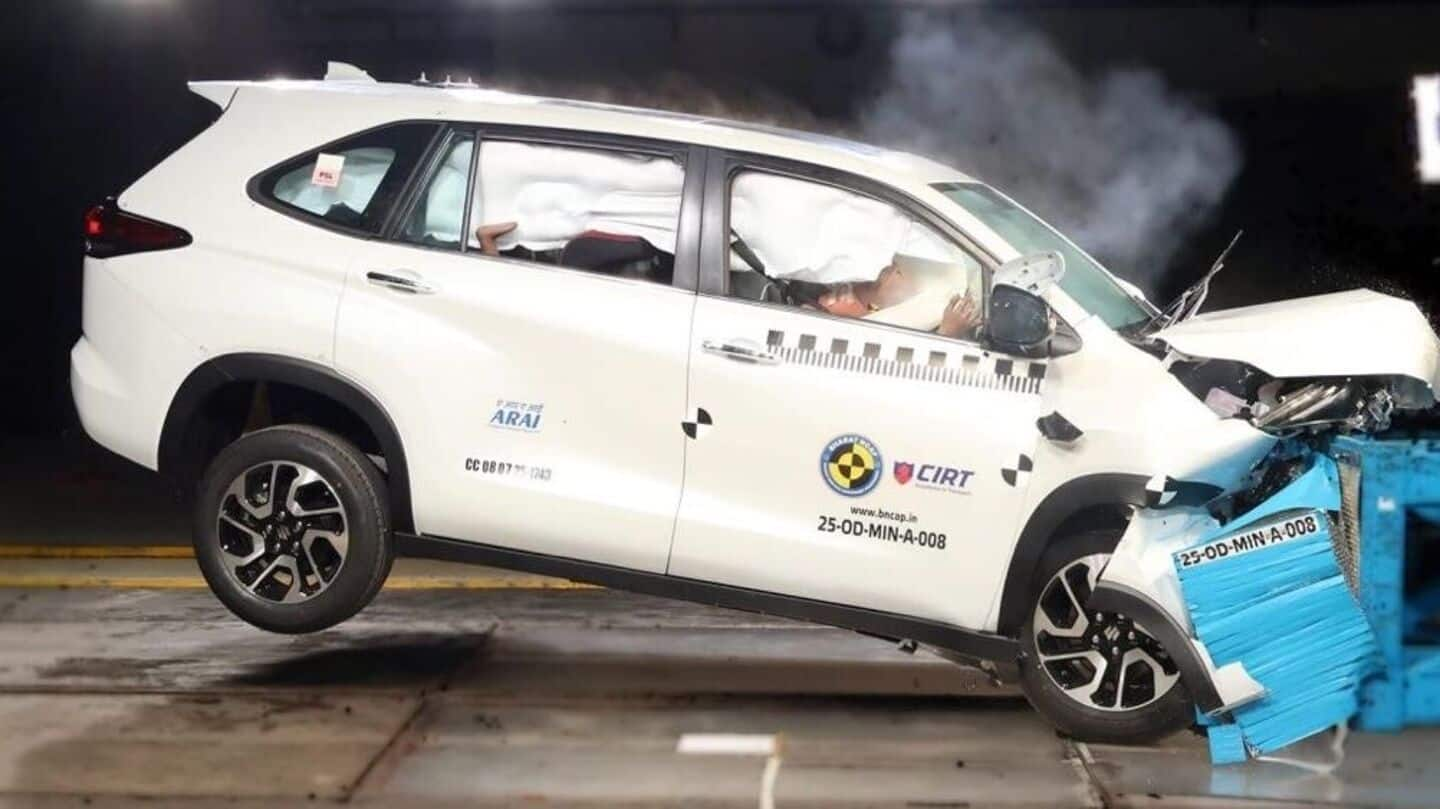
Bharat NCAP 2.0: How new rules will make cars safer
What's the story
The Indian government is preparing to take a significant step forward in vehicle safety with the rollout of Bharat NCAP 2.0, an enhanced version of the nation's car safety rating system. The Ministry of Road Transport and Highways (MoRTH) has published a draft of this updated framework, scheduled to take effect in October 2027. The initiative aims to push automakers to develop more robust and intelligent vehicles suited for Indian roads.
Enhanced evaluation
A 5-pillar safety assessment
The updated Bharat NCAP 2.0 goes beyond basic crash testing and introduces a five-pillar safety assessment. This new method evaluates how well a car can avoid, protect during, and help after a crash. The pillars are Safe Driving, Accident Avoidance, Crash Protection, Vulnerable Road User Protection, and Post-Crash Safety. Of these, Crash Protection carries the most weightage at 55%.
Testing expansion
Additional crash tests and focus on pedestrian safety
Bharat NCAP 2.0 adds two new crash evaluations: an oblique pole side impact test and a rear impact test, on top of the existing frontal and side impact assessments, making the safety checks more comprehensive. The draft further highlights the need to protect pedestrians and motorcyclists, noting that a significant share of road deaths in India involves two-wheeler riders and people on foot.
Safety standards
New eligibility rules and post-crash safety focus
The draft also introduces new eligibility rules, mandating that not every car can be tested unless it meets certain basic safety requirements. Electronic Stability Control (ESC) and curtain airbags are now mandatory. The new draft also emphasizes post-crash safety for the first time, including how easily rescue teams can access passengers, how well the car handles fire or electrical hazards, and whether it has features like SOS calling or multi-collision braking.